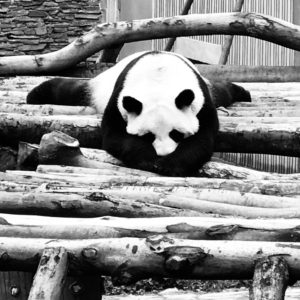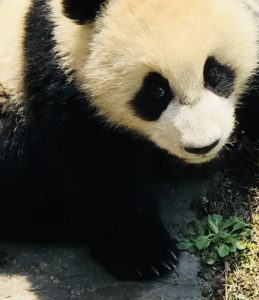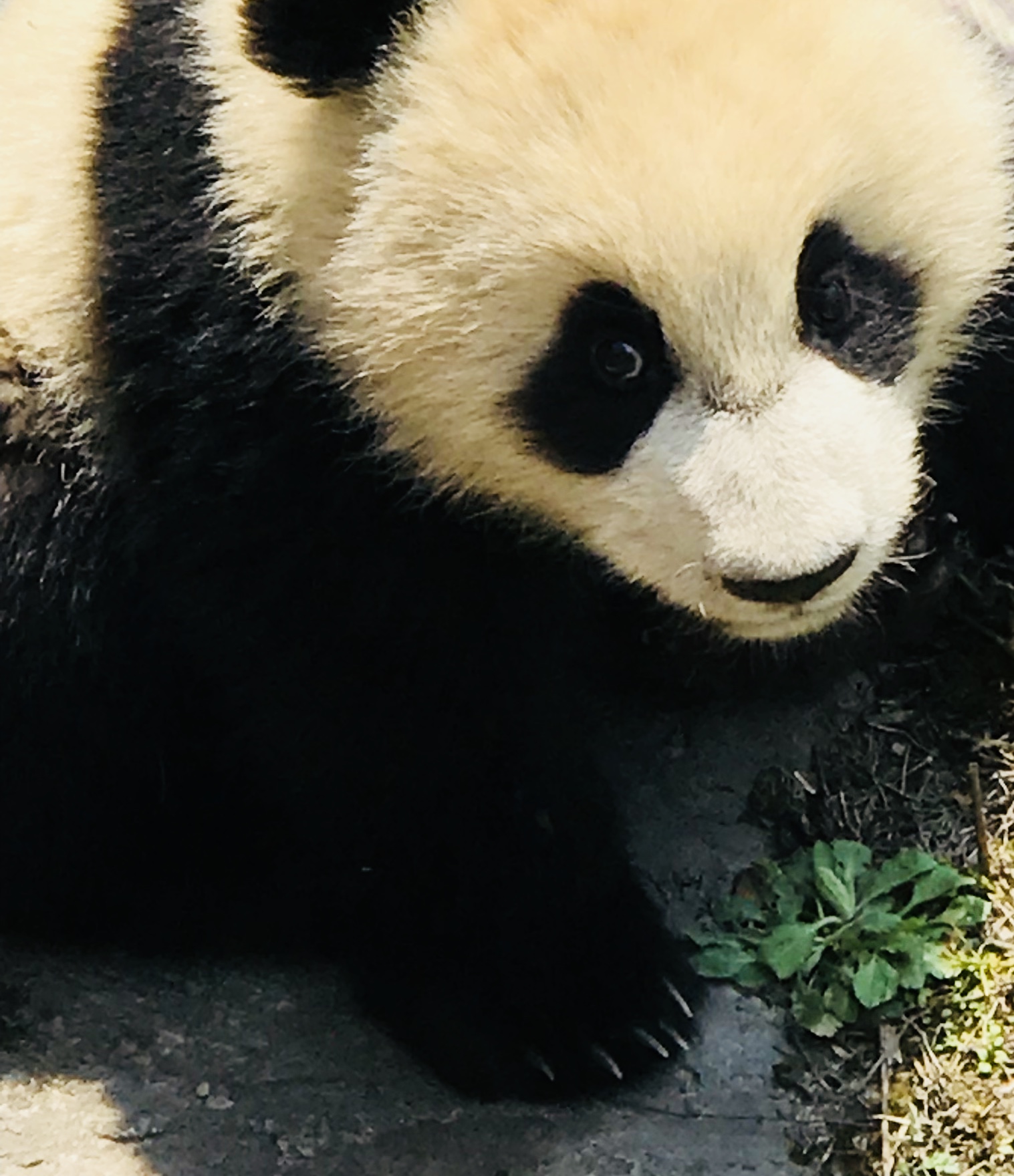[vc_row full_width=”1″][vc_column][vc_video link=”https://vimeo.com/400474572″ align=”center”][vc_column_text css_animation=”top-to-bottom”]
“Two little pandas sitting near a tree. First comes love; then comes marriage; then they’re…watching a bunch o’ panda babies”
…Okay, okay, perhaps it’s not that simple, but you get the idea! Regardless of complexity, it’s hard to deny that some sort of selection process doesn’t, ultimately, lead to a stronger attraction, though…right?
We know this is true of ourselves…
I mean, it would be pretty hard to want to jump into a marriage without even going on a first date! So, when we think about conservation breeding for animals, why would we not incorporate this same level of selection for them?

Giant Panda Breeding Success
It’s easy to look at an endangered species and feel an instant need to jump in and help out. Of course, many breeding programs do, but simply taking one female and one male and saying…
”Now, Go!”
…probably isn’t the best tactic.
 It might work for some animals, but certainly not all! Back in 2015, we discovered successful mating attempts rose to ~ 50% when at least one mate preferred the other and to more than 80% when both preferred each other.
It might work for some animals, but certainly not all! Back in 2015, we discovered successful mating attempts rose to ~ 50% when at least one mate preferred the other and to more than 80% when both preferred each other.
and, it’s UNDERSTANDABLE! Who wouldn’t want a choice in their mate?
It has taken decades to even begin to understand how pandas choose mates, and we still have plenty to learn. But, every now and then, we get a little glimmer of light that indicates we’re heading in the right direction.
As of now, we are finally seeing Giant Panda breeding efforts meeting success. They’re peeking from the breeding rut they had been in for years and now boast over 600 captive bred pandas globally!
What does this mean for the conservation status of all Giant Pandas?
It means there’s a healthy, vibrant, and growing foundation population that can be used to help the wild populations get back on their feet…or wherever they might land! The more robust and genetically diverse the ‘seeding’ population is, the more viable reintroduction efforts will be in the years to come!

Thanks to all of our donors, interns, researchers, and collaborators out there, we have gotten to be a significant force in this success. Honestly, guys, it wouldn’t have been possible without you!
Spring 2020 Success Stories
Now, we don’t have to tell anyone out there that the beginning of 2020 hasn’t been great…not for us humans at least. But, thanks to the many essential, dedicated caretakers, biologist, vets, keepers, and conservationists working round the clock at panda centers, Giant Pandas have been thriving this spring!
In Chengdu, Panda mother Fuwa gave birth to the earliest recorded birthed twins. The Berlin Zoo allowed the world to say hello to their first, ever panda babies. Mei Xiang at the Smithsonian Zoo displayed healthy estrus, and the team there hopefully anticipates a successful insemination. Additionally, after ten years of being sexually dormant, Ying Ying and Le Le at the Hong Kong Ocean Park, finally mated thanks to the newly obtained privacy from COVID-19!
All in all, I’d say it’s been a pretty decent kick-off to the breeding season for the pandas! We’re looking optimistically at our next steps for PDXWildlife as we launch into some new projects this year!
…stay tuned for more updates soon![/vc_column_text][/vc_column][/vc_row][vc_row full_width=”1″][vc_column width=”1/2″][/vc_column][/vc_row]

